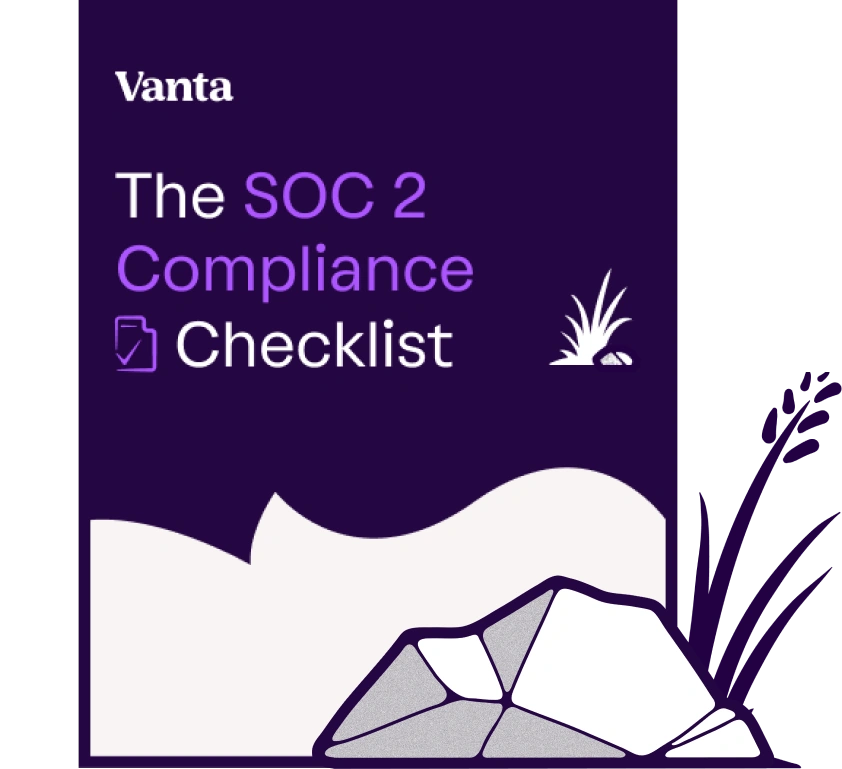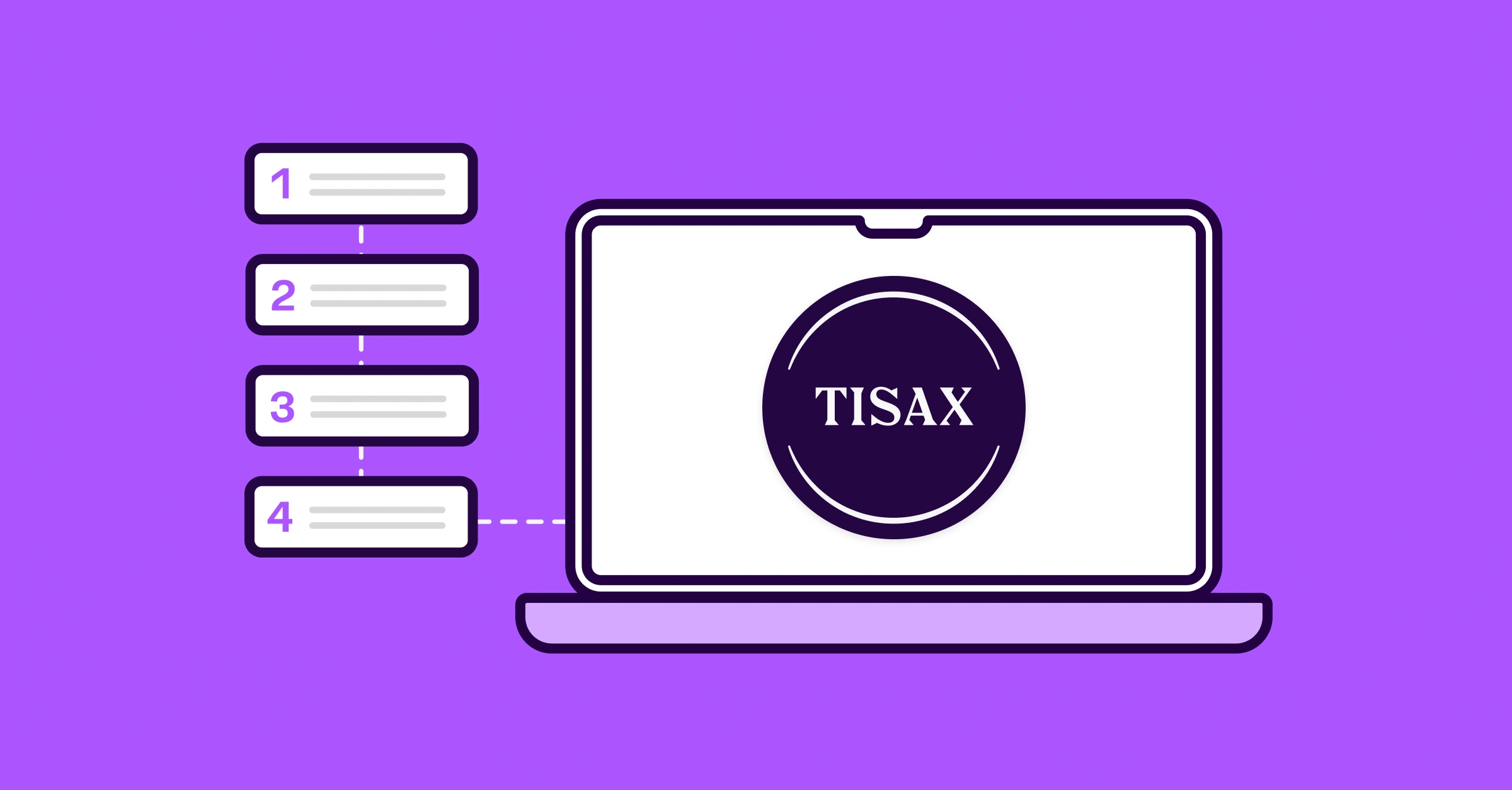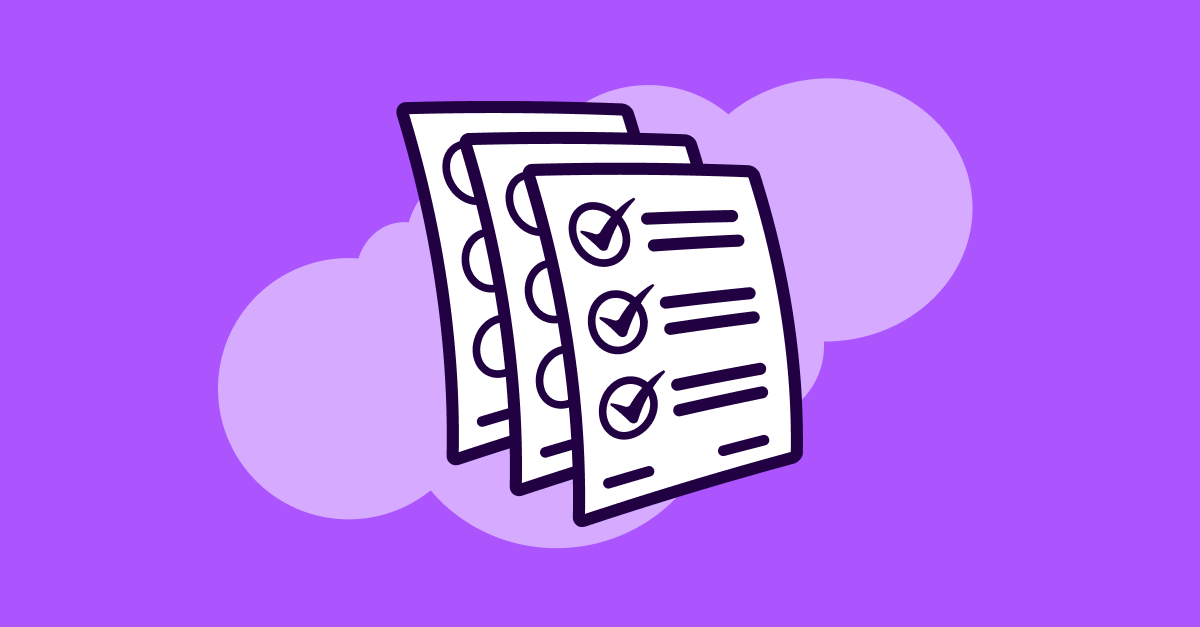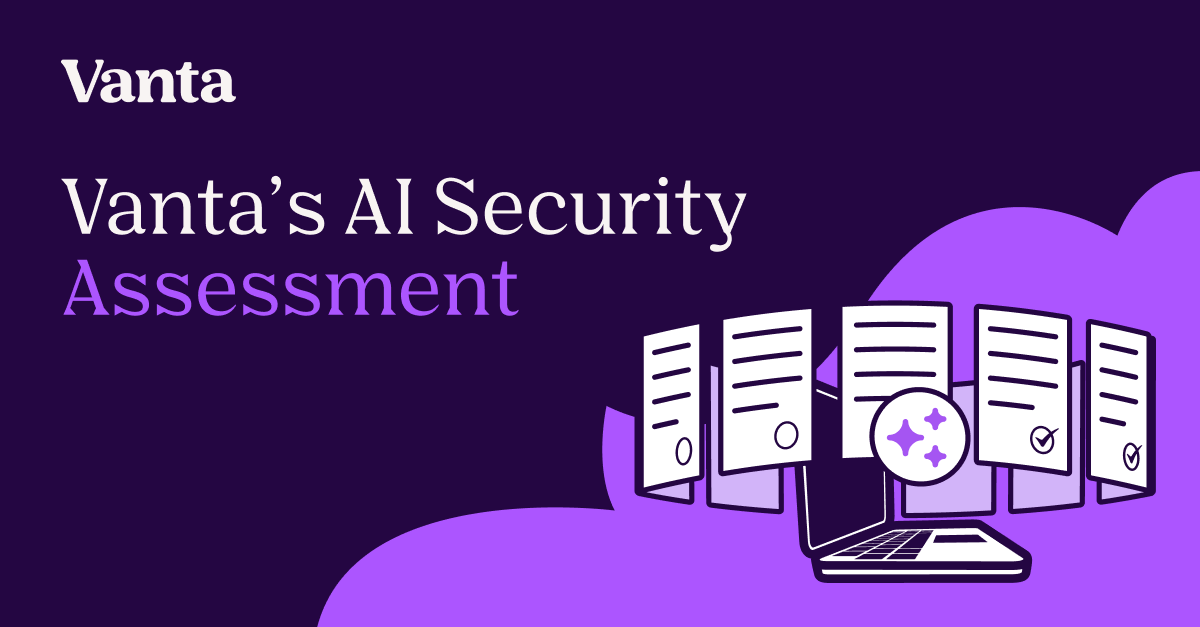Share this article

AI security posture management (AI-SPM): All information in one place
Accelerating security solutions for small businesses Tagore offers strategic services to small businesses. | A partnership that can scale Tagore prioritized finding a managed compliance partner with an established product, dedicated support team, and rapid release rate. | Standing out from competitors Tagore's partnership with Vanta enhances its strategic focus and deepens client value, creating differentiation in a competitive market. |
As AI adoption grows, so do the related risks. Organizations are actively looking for strategies to secure their AI systems. According to Vanta’s State of Trust Report, 62% of organizations plan to boost investments in AI security in the next 12 months.
However, another recent survey on AI governance reveals that more than half of organizations find it challenging to keep up with AI security developments. To address these concerns, you need to work toward AI security posture management (AI-SPM), which helps structure an effective approach to AI security.
In this article, we’ll discuss:
- Meaning and importance of AI-SPM
- Key components of an AI-SPM program
- Tips for implementing AI-SPM
What is AI-SPM?
AI-SPM is a sophisticated framework of processes designed to strategically monitor, evaluate, and improve the security of artificial intelligence systems. It involves continuously monitoring the AI’s potential attack surface and implementing security controls and mitigation strategies tailored to AI models, data pipelines, and related assets.
The objective of AI-SPM is to reduce AI vulnerabilities, such as unauthorized data access, data poisoning, and model degradation, that traditional security programs miss. It has three main goals:
- Monitor and identify AI system attack paths throughout its entire lifecycle
- Ensure AI tools are compliant with security policies
- Keep internal governance standards up to date with AI development
From a technical perspective, an effective AI-SPM program uses a combination of visibility, risk management, and automation functions that help organizations apply vetted security controls tailored to AI risks.
{{cta_withimage28="/cta-blocks"}}
AI-SPM vs. CSPM vs. DSPM
At first glance, AI-SPM doesn’t seem too different from cloud security posture management (CSPM) and data security posture management (DSPM). However, while these concepts are complementary, they are unique in the focus, scope, and key challenges they address.
Consult the table for a brief overview of the differentiators:
Benefits of effective AI-SPM
Integrating AI-SPM into your broader security operations brings tangible benefits for risk, compliance, and trust management—here’s how:
- Continuous oversight of AI models: AI-SPM helps establish ongoing monitoring workflows across the full AI lifecycle: development, deployment, maintenance, and retirement. This visibility allows you to track model behavior, outputs, and decisions in real time.
- Faster response to AI-specific threats: Clearly defined policies, procedures, and behavior benchmarks create a structured environment that allows stakeholders to identify and address AI vulnerabilities more quickly.
- Proactive regulatory alignment: While frameworks like SOC 2, ISO 42001, and the EU AI Act already provide guidance for safe and ethical AI use, the compliance space is still evolving. AI-SPM equips organizations with a foundation to adapt once expectations are clearer.
- Increased trust: Well-maintained AI-SPM ensures audit-ready records of AI security initiatives, strengthening transparency and trust with stakeholders.
- Stronger vendor risk management: Many organizations rely on managed AI services instead of building their own, making vendor risk management non-negotiable. AI-SPM enables deeper monitoring of third-party risk, which is an integral part of building a secure AI supply chain.
5 key components of AI-SPM
As a strategic process, AI-SPM has a broad scope, covering areas ranging from asset visibility to policy enforcement. Effective AI-SPM typically includes these five components:
1. AI inventory management
AI-SPM includes maintaining an inventory of all AI services and other assets that impact your organization. With these insights, you can identify and mitigate the associated risks and reduce the chance of unmanaged tools (or shadow AI) introducing new vulnerabilities.
2. Vulnerability management
AI systems face complex vulnerabilities, such as prompt poisoning, adversarial inputs, and model inversion, that can have damaging consequences. As part of AI-SPM, you’ll need to conduct regular AI risk assessment internally and across the entire supply chain to catch and mitigate emerging threats early.
3. Configuration drift detection
Over time, AI systems can drift from their intended configurations due to software updates, infrastructure changes, or untracked manual adjustments. AI-SPM supports ongoing monitoring that helps catch these deviations before they reduce the performance or security of the AI system.
4. Attack path analysis
By monitoring AI workloads and how they interact with other systems, AI-SPM makes it easier to identify and mitigate potential attack paths before they can escalate. This is especially critical as AI systems integrate with cloud, data, and identity infrastructures.
5. Data governance and compliance
AI-SPM helps organizations enforce internal policies and maintain audit-ready records, such as AI usage logs, risk acceptance criteria, and approval workflows. It also supports compliance efforts by mapping AI and user identities with access to sensitive data, which is important for standards like the GDPR and NIST AI RMF.
{{cta_webinar6="/cta-blocks"}}
How to implement AI-SPM
The first factor to consider when adopting AI-SPM is governance. Your organization’s role in the AI supply chain defines your attack surface and guides how implementation can mitigate risks. This distinction is particularly important if you’re pursuing regulations like the EU AI Act, which have varying expectations for three different roles in the supply chain: providers of AI, deployers, and distributors.
Once you’ve determined your organization’s role, the next step is to set clear AI security objectives so that you can track effectiveness metrics and thresholds. As with other management systems, use a combination of the following to measure the impact of your AI-SPM program:
- Quantitative metrics like high-risk control effectiveness and risk assessment completion rates
- Qualitative assessments like third-party audits of the control environment
- Benchmarking techniques like internal maturity assessments
The core implementation steps include cataloging your inventory, conducting risk assessments, and monitoring your AI systems. Consult the table for an overview:
The final step is to establish procedures for continuous improvement. Review your AI systems against current industry standards and threat landscape to test and maintain the efficacy of safeguards.
{{cta_withimage28="/cta-blocks"}}
Common AI-SPM implementation challenges
AI-SPM has become the norm for AI security, but teams may face some implementation challenges, mainly:
- Resource constraints: AI-SPM requires significant tooling, time, and resources to properly implement. According to Vanta’s Trust Maturity Report, resource constraints make AI security complex for organizations regardless of how mature their security posture is.
- Talent gaps or internal resistance: The threats that AI introduces are evolving quickly, changing the scope of AI-SPM and requiring organizations to adapt fast. These shifts can overwhelm internal security experts and slow them down, while teams outside security may view their efforts as blockers, triggering potential buy-in conflicts.
- Integration with the current security infrastructure: AI systems often cover multiple departments, so AI-SPM needs to integrate with broader policies and tools. Because of how fast AI tools evolve, security teams don’t have the time to standardize them, resulting in frequent incompatibilities with existing security programs.
- Manual security workflows: AI-SPM includes ongoing monitoring efforts, relentless documentation, and data validation, which can’t effectively scale with AI environments when performed manually.
You may also encounter several hurdles specific to AI systems that can make risk assessments more complex. AI systems can function as “black boxes,” making audit and data flow tracing difficult.
You can mitigate some of these issues by implementing compliance automation tools like Vanta to streamline AI-SPM implementation and maintenance.
Implement AI-SPM effortlessly with Vanta
Vanta is a trust management platform that helps organizations streamline AI security and compliance, demonstrate responsible AI practices, and build stakeholder trust. The platform provides support for leading AI frameworks and regulations such as ISO 42001, NIST AI RMF, and the EU AI Act, which are informed by the latest best practices in AI-SPM.
Vanta’s AI compliance product can help bridge the gaps internal teams face with tailored guidance and resources for strengthening AI security posture in a fast-paced environment. Its features include:
- Automated evidence collection powered by [integrations_count] integrations
- Pre-built policy templates and control sets
- A unified dashboard for control monitoring
- Questionnaire Automation that streamlines vendor reviews
- Access to public-facing Trust Centers
You can also download Vanta’s AI Security Assessment Template as a guide to meet and demonstrate security expectations. Its standardized questions are based on the current AI security standards and vetted by experts.
Schedule a custom demo to explore Vanta's capabilities in action.
{{cta_simple34="/cta-blocks"}}





FEATURED VANTA RESOURCE
The ultimate guide to scaling your compliance program
Learn how to scale, manage, and optimize alongside your business goals.
%201%20(1).svg)




















.png)


.png)





.svg)
.svg)
.png)
.png)
.png)